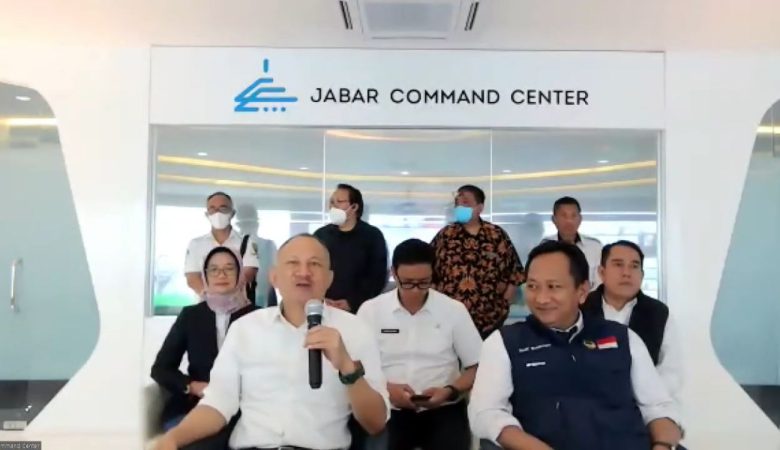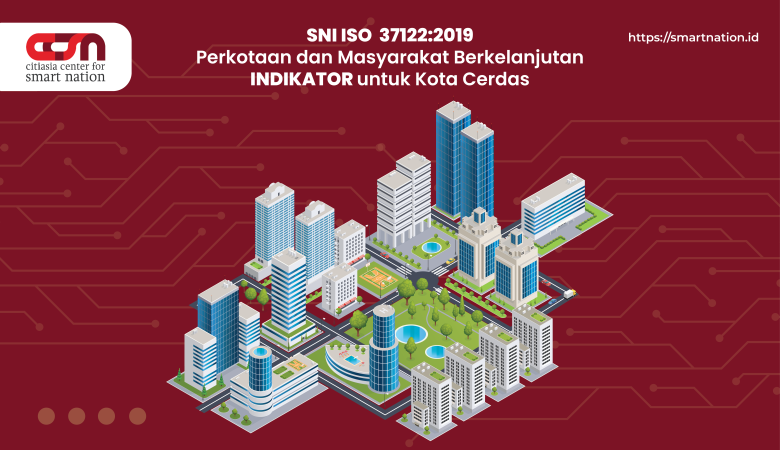
The COVID 19 pandemic has forced us to rethink the future of the city. While increased telecommuting impacts office space, transportation patterns, and consumer habits, the advent of AI and increased automation will continue to transform the workforce. Early predictions about the “end of the city” now seem premature, but it is undeniable that the pandemic poses significant challenges to city centers around the world. It is difficult to accurately predict the impact of a pandemic on a city. Still, policymakers, engineers, and urbanists are eager to capture this moment and “better rebuild” and rethink a more resilient, more inclusive, and more sustainable city. there is. Given the potential to solve complex urban problems, it is not surprising that the concept of smart cities is becoming more important.
From the sprawl of Tokyo’s ultra-networked cities to the futuristic skyline of Dubai, digital acceleration has been a wish of many city officials long before the Covid19 crisis struck. The United Nations estimates that 68% of the world’s population will live in urban areas by 2050. The pandemic has highlighted the need for accelerated digital city planning and better communication with citizens to sustain these populations.
Since its inception, the smart city movement has undergone many changes as cities struggled to adopt the latest technology that promised to meet their needs. However, technology has not always progressed at the promised rate. Since then, new injustices have surfaced, and pandemics have reversed city priorities and revolutionized the way people interact. However, the decision by Sidewalk Lab in May to abruptly end Waterfront Toronto on the “smart city” project is whether other projects can follow due to the economic pressure of a pandemic. Or, instead, city officials have raised the question of whether to switch to digital, instead of fighting the economic impact of a pandemic but also doubling investment in new ways of working and living.
City Response Strategy

Theo Blackwell, London’s Chief Digital Officer, acknowledges that public budgets need to be assessed based on Covid19. “In the future, the project will require a cast iron business case,” he says. “On the other hand, growing concerns about how public health and smart projects can help with data collection are just as important. We still don’t know how they will be funded.” Review Is 20/20. When asked how smart city movements have changed over the last five years, many city guides have been enthusiastic about the possibilities of new smart city technologies, but residents, their perspectives, and their perspectives. Explain how they were distracted from the main concern of their needs.
Five years ago, the smart city movement wasn’t focused on people, Kevin Martin, smart city PDX manager in Portland, Oregon, asked some questions from a recent smart city dive survey on the smart city movement. He said it focused on technology that was oversold and wasn’t sought after by the community.
Instead of blocking the project as a result of the Covid19 crisis, London reuse an existing project that included an air quality sensor network that was crucial amid a pandemic. The data initially provided images that comply with the block rules by assessing the number of vehicles, bicycles, and pedestrians using image processing algorithms. “By understanding the economic implications for High Street, decision-makers will be able to help make future funding decisions to help recover whether they need to intervene in one or another location in London. You can get better insights, “says Blackwell. Debralam, executive director of the Georgia Institute of Technology’s Smart Cities and Inclusive Innovation Initiative, sells new hardware and software that 4,444 vendors drive the “first wave” of the smart city movement and make cities smarter. Did. She said it created an unnecessary “technical arms race.”
In pursuing these technologies, many cities did not initially start with problems, Lam said.
“They thought this was the solution, and instead of starting with the problem and thinking about which technology was best for the wider toolbox, they were trying to understand how it fits into the city,” Lam said. Stated. Jennifer Clark, a professor and director of the Ohio State University Faculty of Engineering, Department of Urban Planning, said cities are finally beginning to select interventions and projects from a menu of available technologies based on local conditions and concerns. This change in thinking has allowed cities to expand their in-house smart city expertise and focus on leveraging technology to meet the needs of the city and its inhabitants by local executives.
Vancouver’s four-year technology plan, with programs for major investment, will go forward focusing on small pilots for innovation, according to de Sousa. He stated in the talk that the investments will provide significant cost savings in the post-Covid-19 economic downturn, including a smart-city LED lighting system and the shift to remote working, which de Sousa said has the potential to save significant sums on leased office spaces.
While these are promising initiatives, the city government can take even more proactive steps to help citizens trust and benefit from this new technology. One of the most important answers is a privacy policy that can guarantee citizens that data is collected for legitimate purposes and is not retained longer than necessary. At the same time, the use of data to guide local and national responses to pandemics underscores the need for a proper balance between privacy and the public interest. As data collection increases, policymakers must also address the pervasive threat of public surveillance. The sensors, cameras, and audio solutions that make up smart cities collect large amounts of data, but even small amounts can be disclosed and abused by the government.
After all, smart cities require strong security policies. Otherwise, the IoT backbone that powers smart cities could be exploited by cybercriminals and other malicious attackers. These need to be key elements of a smart city strategy, along with solid consultation involving various stakeholders to understand the needs and concerns of the region. In summary, city authorities, the private sector, and citizens look to the future and work together to develop and invest in smart cities that meet their greatest needs and gain trust and security, privacy, and basic rights from the start.
Author: Diva Maharani | Illustrator: Akbar Nugroho









Leave a Reply